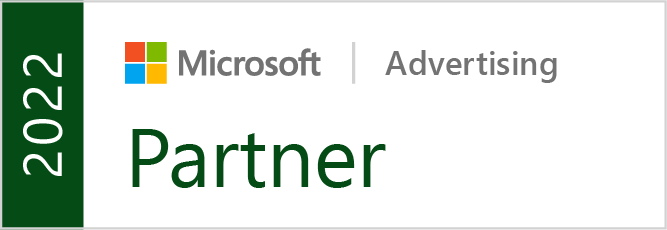With every new bit of analysis that comes out, it becomes more and more clear how quickly mobile browsing is becoming a huge source of search traffic. One study shows that up to 25-30% of all paid search traffic now comes from mobile devices. Here we will explore the latest trends in mobile browsing that search marketers should know.
Tablets Have a Much Higher ROI Than Desktops
The cost per click (CPC) of any ad is supposed to be proportional to the return on the investment (ROI). That seems like common marketing logic. However, it seems the web market is not so logical.
Smart phones have a lower cost per click because they do not convert as well as desktops. Because of this, the ROI from smartphones or desktops are about equal. According to Siddharth Shah from Search Engine Land however, the CPC for tablets is currently 30% lower, even though they have a 20% higher conversion rate than desktops. That means the ROI from tablets is actualy 70% more than desktops. This is a huge opening for search marketers.
ROIs Vary Significantly By Mobile Device
Because of different demographics, user experiences, and varying contexts different devices offer, the ROI for different mobile devices vary significantly. For example, the most current data suggests the ROI from iOS users is roughly double that of Android users. When creating marketing campaigns, be specific to what devices you are marketing to, especially designating between tablet and smartphone. Being specific with who you are marketing will allow you to get the highest ROI possible for your market.
Mobile browsing has no sign of stopping as new and cheaper devices are being offered every day for consumers. Nearly everyone now has a smartphone, and tablets are becoming more and more common. The market will only be more important in the future.




